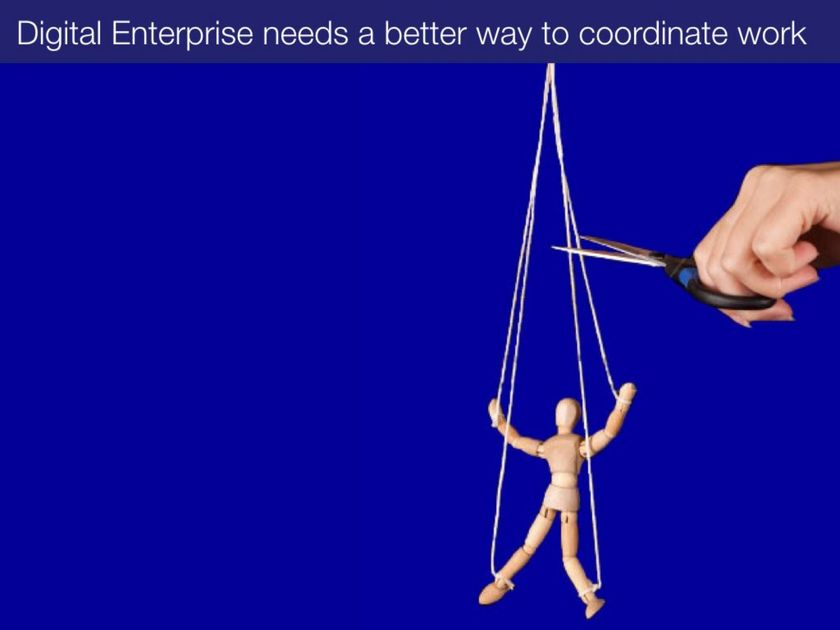Evolving Legal within a Digitally Transforming Enterprise
September 30, 2016
legal innovation digital transformation newlaw
A fascinating piece on digital transformation, which immediately made me ask myself: to what extent can Legal, as typically a centralised, control function, escape being (a perceived) barrier to such transformation?
However much we as individual lawyers see ourselves as business enablers (and I certainly do), part of the mission is keeping the client on the right side of law, regulation, or a defined risk appetite, and the processes/controls Legal put in place to control this are likely to cause friction in an agile, transformative enterprise environment.
If one follows the logic of the piece quoted, then I’d see NewLaw services as able to play a valuable role, acting in partnership with the central function as a flexible ‘sub-routine’ that can be quickly deployed and scaled up or down as demand dictates, and freeing up the internal Legal function to move towards a more agile and distributed interaction with the enterprise at all levels.
But to truly add value, any such external ‘sub-routine’ will need a robust feedback channel; two-way informational exchange with the internal function about practice and problems experienced/overcome, leveraging the experiences and perspectives of each. Correctly architectured, I’d argue the sub-routine will be able to play a key role in enabling the Legal function itself to continually evolve.
Without a viable replacement for the coordination functions of the hierarchy, we cannot hope to operate new, networked models at enterprise scale because they will always hit a wall of process, procedures or politics, and they will find that vertically-integrated central services such as HR, IT and procurement can block their work. My colleague Christine Overby conducted some research over the summer with executives on the topic of barriers to digital transformation, and we will be releasing the report on this next week. But typically, we see the following barriers in large firm initiatives:
leadership culture & hierarchy central departments & bureaucracy top-down approach to change […]
The real killers are the top three in that list, because they form the calcified spine of the old operating system that is currently holding so many firms back.
https://www.linkedin.com/pulse/defining-operating-model-digit..
Back to Expertise


